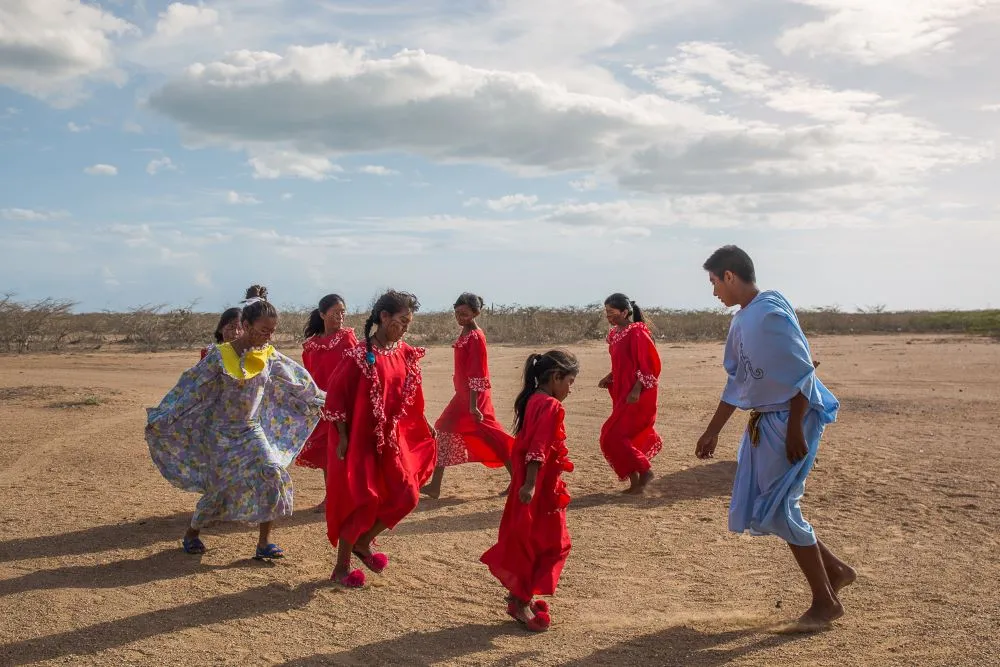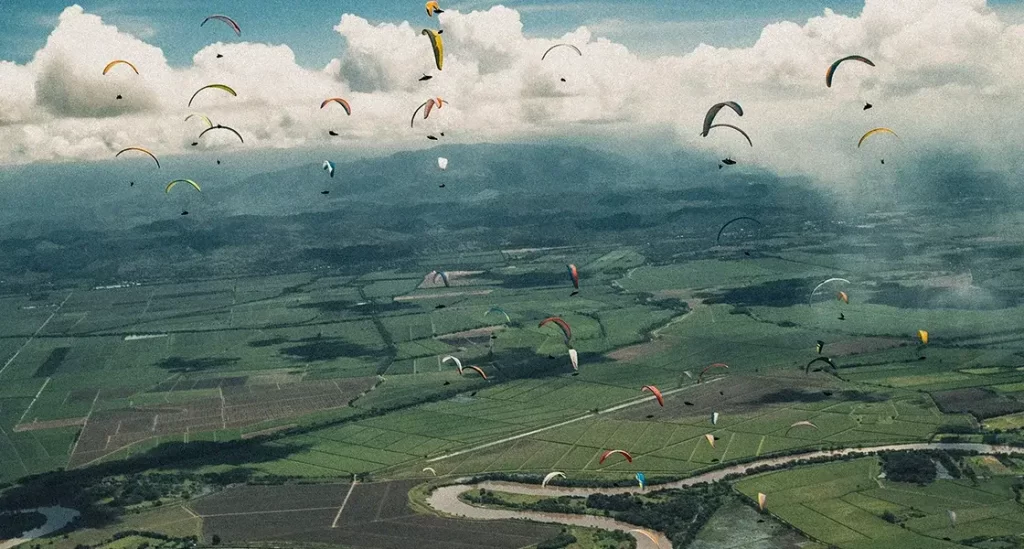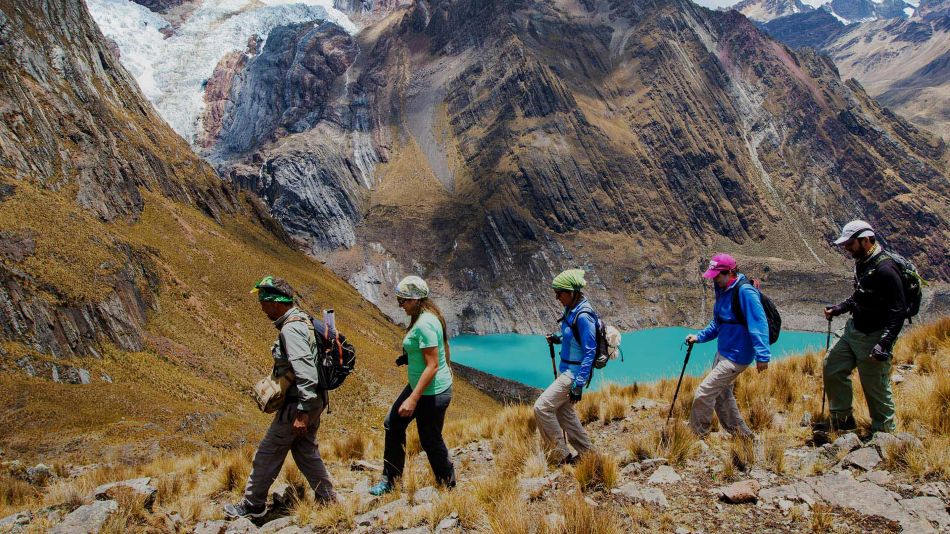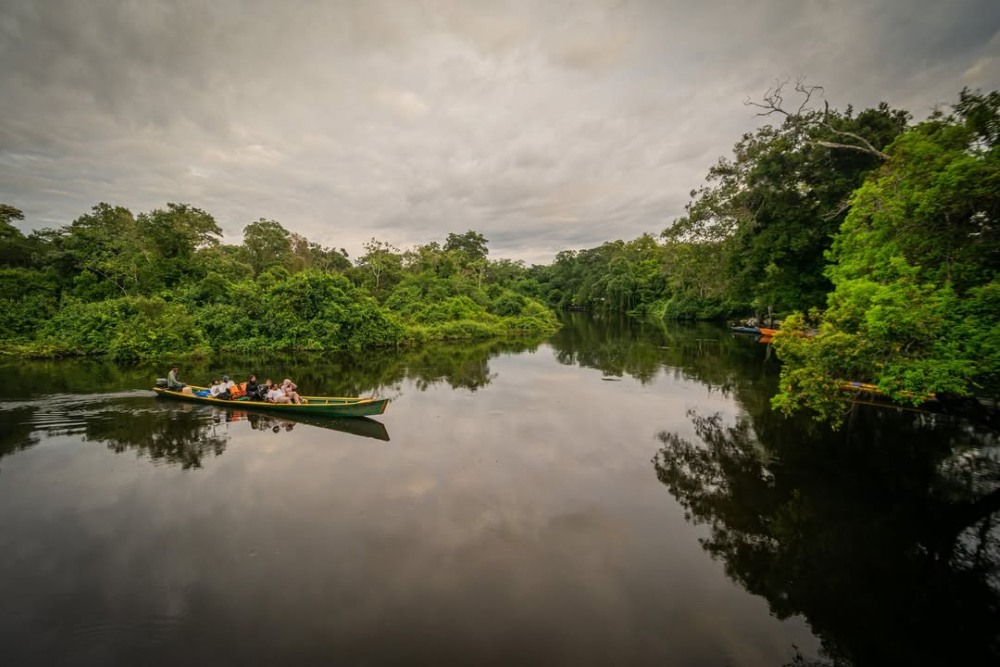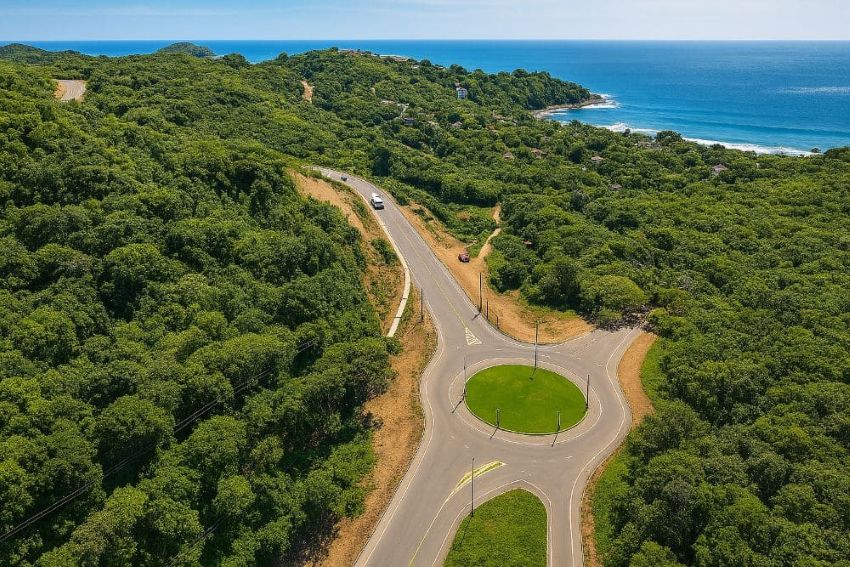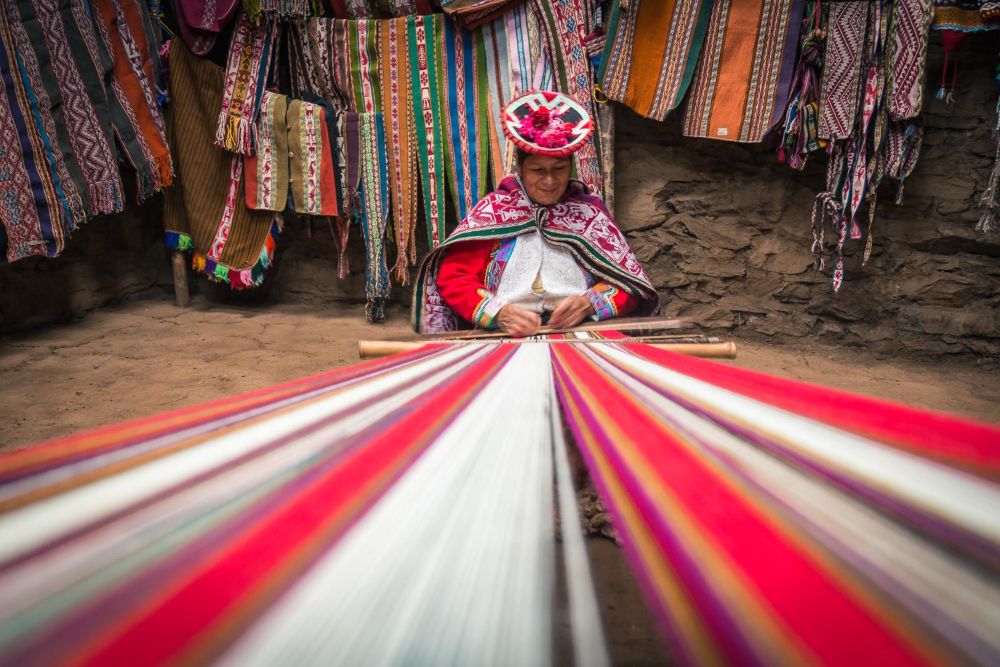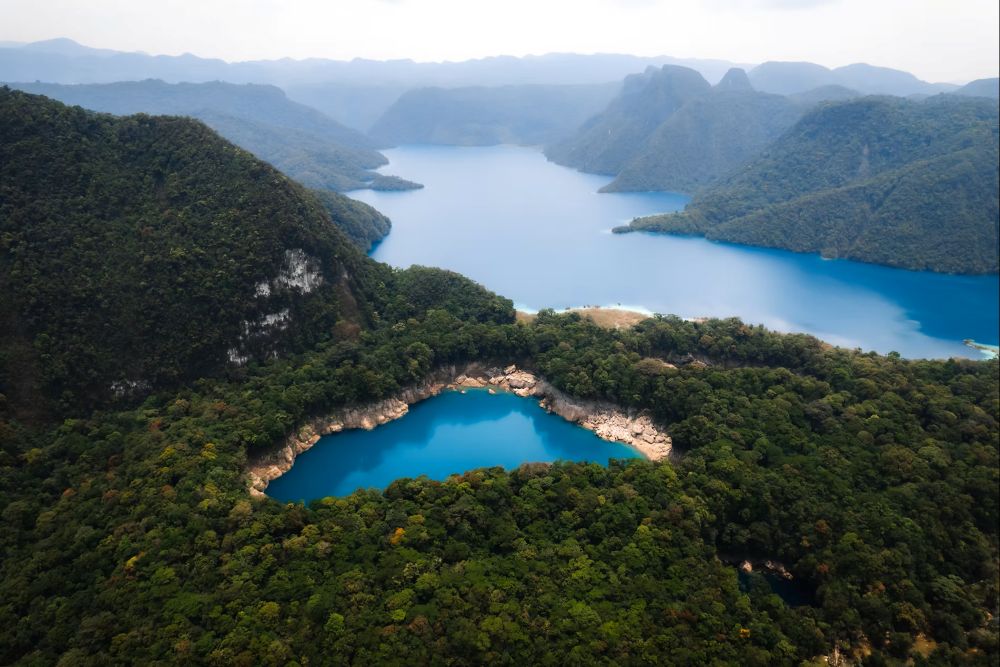Community-based tourism is gradually establishing itself as a responsible alternative, promoting cultural transmission and respect for territories. Increasingly, travelers are seeking destinations where, beyond breathtaking landscapes, the human experience takes center stage. In Latin America, this form of tourism offers an immersive approach to indigenous communities who, through their stories, skills, and daily lives, share another way of inhabiting the world.
According to the United Nations, tourism managed by indigenous peoples is a powerful tool for revitalizing traditions, creating employment, empowering women and youth, and strengthening cultural pride. In Latin America and the Caribbean, UNESCO counts more than 800 indigenous groups, bearers of living memory, a deep connection to nature, and an exceptional cultural heritage. These communities open their doors and share—through their words, gestures, and knowledge—another way of being in the world. Here are five immersive experiences to explore alongside communities who generously share their worldviews, traditions, and hospitality.
Misminay Community – Peru

In the heart of the Sacred Valley of the Incas, near Cusco, the village of Misminay is recognized as a Starlight site due to the exceptional clarity of its sky. Residents introduce visitors to stargazing through the lens of Inca cosmology.
Visitors are invited to take part in traditional agricultural activities—from harvesting to grinding grains with stone mills to prepare flours. Shared meals are an opportunity to discover the remarkable diversity of local ingredients and their symbolic meaning in ancestral Andean food culture. Short rituals of gratitude to Pachamama (Mother Earth) mark these moments of exchange, using flowers, coca leaves, and other offerings.
Our article: Cusco: Peru’s Imperial City
Zapotecs – Mexico
The state of Oaxaca is a cultural mosaic, with the Zapotec community at its heart. Heirs to a rich pre-Columbian tradition, the Zapotecs have shaped Mexico’s cultural identity.
Visitors discover the art of weaving and embroidery, the artisanal production of mezcal, and explore major archaeological sites such as Mitla or Monte Albán. Every summer, the Guelaguetza—one of the most iconic festivals in the region—brings together Indigenous peoples on the Cerro del Fortín to celebrate their culture through dance, music, and song.
Wayúu – Colombia
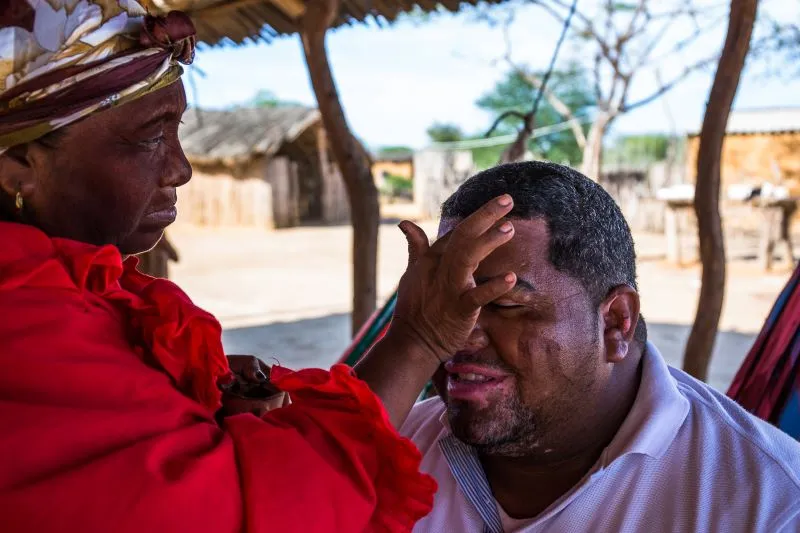
The Wayúu people, established on the Guajira Peninsula, are renowned for their vibrant handcrafted mochilas (bags) and chinchorros (hammocks). They live in rancherías—small family hamlets—structured around strong kinship ties.
Guests are welcomed with a demonstration of Yonna, a traditional dance that pays homage to their ancestors. Visitors can stay with families, discover their way of life, listen to their legends, and share typical meals such as friche: goat meat slowly cooked over a fire and seasoned with local spices.
Our article: Manaure: Reflection of Wayuu Culture in a Salt Desert
Kichwa – Ecuador
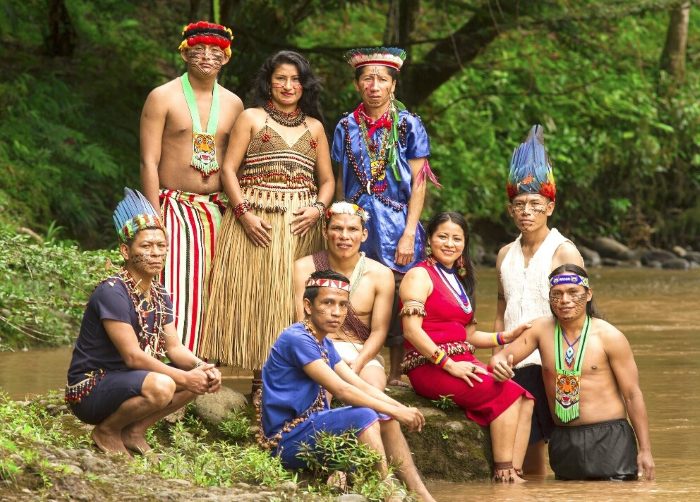
In Ecuador’s Amazon region, the Kichwa people are known for their ancestral knowledge of medicinal plants, as well as their cultivation of cassava, cocoa, coffee, and plantains.
The experience begins in family homes, where daily practices, traditional meals, and mythological tales are shared. Visitors can try their hand at pottery, fishing, or even blowgun hunting—activities always practiced with respect for nature. Guided jungle walks with community members reveal the secrets of an environment they know intimately.
Kuna – Panama
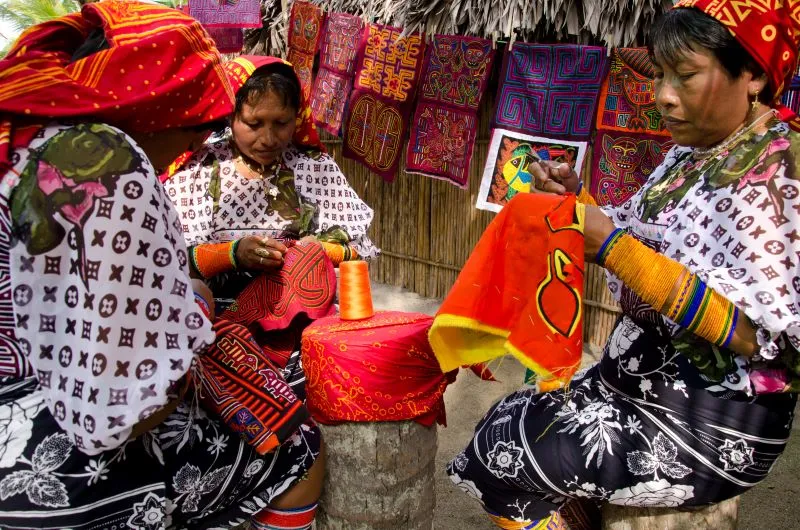
The San Blas archipelago is famed for its postcard-perfect beaches, but it is the Kuna culture that makes this territory truly unique. Over time, this community has developed a model of tourism rooted in authenticity, sustainability, and active participation in daily life.
One can learn the art of making molas—traditional, finely embroidered garments rich in symbolism. Guided hikes through the tropical forest led by a community member reveal local fauna and medicinal plants. The Kuna also have an autonomous political system with their own laws and regulations, ensuring a balance between tradition and modernity. Time seems to stand still here.
Our article: The Art of the Mola: When textiles tell the story of the Kunas
Community tourism is far more than a simple alternative to conventional travel. It represents a different way of envisioning the journey—slower, more conscious, grounded in reciprocity and exchange. Sharing a meal with a Kichwa family, listening to the mythological tales of the Kuna, or witnessing ceremonial dances of the Wayúu is not about folklore—it’s about real dialogue between living cultures.
These peoples, bearers of knowledge and traditions passed down through generations, continue to shape their present while inviting the world to see them differently. Through these experiences, a new geography of sensibilities emerges—at the crossroads of lands, memories, and perspectives.
Photos: Sébastien Walkowiak – Visit Latin America | PromPeru | D.R.

